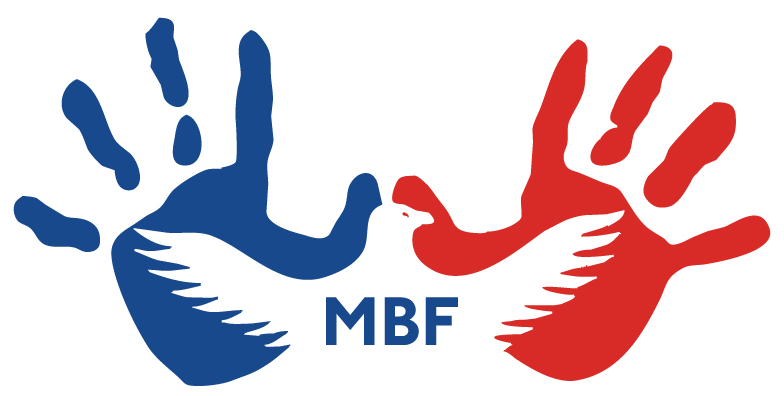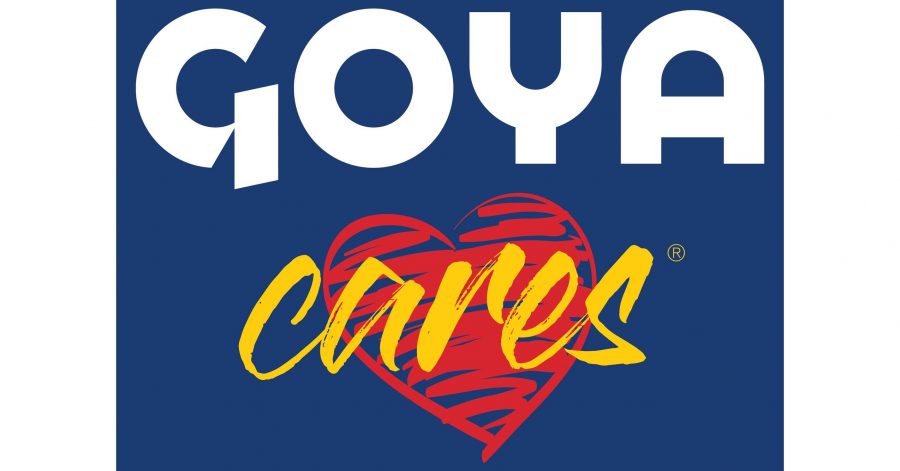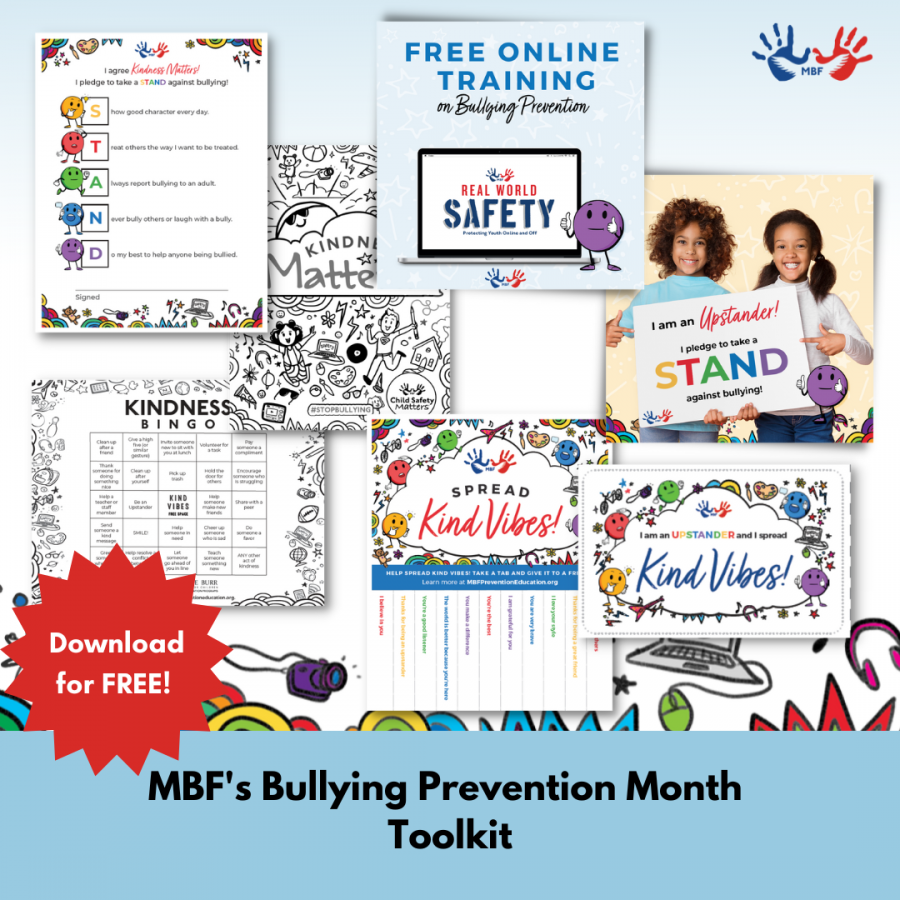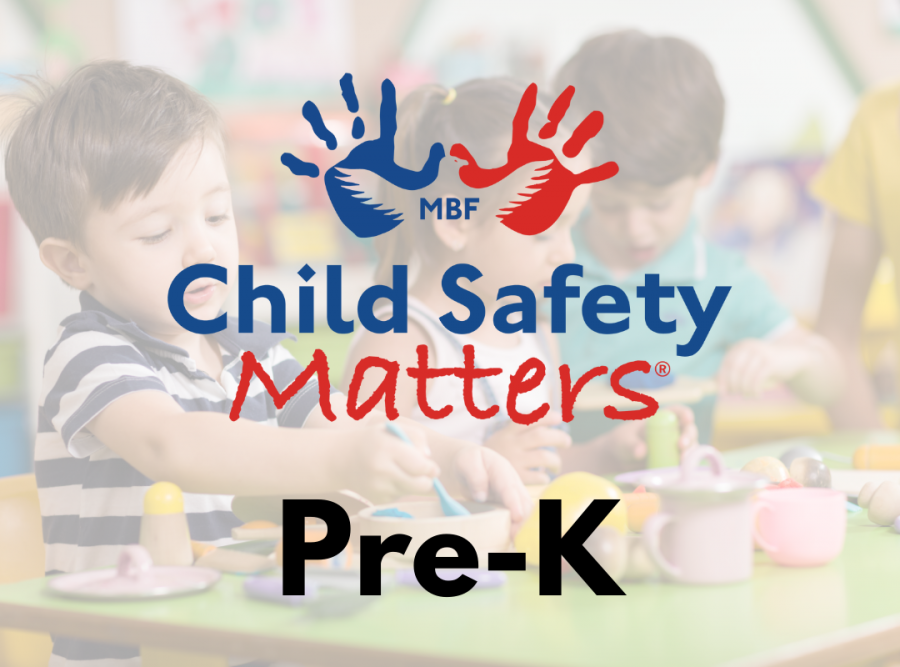Blog
The Monique Burr Foundation for Children (MBF) provides helpful resources and tips in our blog to help you better protect children, teach kids to be safe, and prevent abuse, bullying, exploitation, trafficking, and other types of child victimization. We give you information on what you can do to keep children safe, while at school, sports events, summer events, and more. Read our blog to learn about emerging trends in the child protection industry to include child abuse prevention, child sexual abuse prevention, human trafficking prevention, bullying prevention, cyberbullying prevention, exploitation prevention, and more.
















